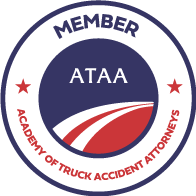Construction Site and On-The-Job Injury Accidents
Pursuant to the “exclusive remedy rule,” as a general rule that is subject to only a few, very narrow exceptions, an employee of an Oregon business may not assert a claim/file suit against their own employer for injuries the worker sustains due to the employer’s negligence; the employee’s only relief is through a workers’ compensation claim. However, if the employee sustains injury due to the negligence of a different company, i.e. a different subcontractor working on the same construction project, then the injured worker can assert a claim/file suit against that other company.
Several years ago our firm handled a case that provides a fairly classic example of claims of this sort. In that case, while doing some carpentry work on the second story of a building, our client fell through a hole in the roof that another company had failed to blockoff, and sustained very, very serious injuries. Ultimately, our client was required to file suit against the company whose employees created, and failed to blockoff, the hole. Shortly before the case was to go to trial, the cased settled for seven figures.
In the case that I just described, and in most such cases, liability on the part of the atfault contractor can be established under Oregon’s Employer Liability Law (“ELL”). That law (ORS §654.305) states:
“Generally, all owners, contractors or subcontractors and other persons having charge of, or responsibility for, any work involving a risk or danger to the employees or the public shall use every device, care and precaution that is practicable to use for the protection and safety of life and limb, limited only by the necessity for preserving the efficiency of the structure, machine or other apparatus or device, and without regard to the additional cost of suitable material or safety appliance and devices.“
Of course, over the years, plenty of lawsuits have been filed that have involved this statute. Some of those cases have resulted in appeals and so our state’s appellate courts have interpreted and applied the ELL law in numerous cases. Several of those decisions include discussion of three, alternative ways that liability can arise in an ELL claim: “For liability to be imposed under the Employer’s Liability Law (ELL), the person or entity must (1) be engaged with the plaintiff’s direct employer in a common enterprise, (2) retain the right to control the manner or method in which the risk-producing activity was performed, or (3) actually control the manner or method in which the risk-producing activity is performed.”1
NOTE: These principles are not strictly limited to construction site injuries; an injured employee can assert a personal injury claim against another business if one or more employees of that other business cause the employee to suffer injury. One specific example that comes to mind is a case wherein a warehouse worker sustained significant injuries while operating a forklift, because an outside vendor that serviced the forklift did so negligently (performed faulty service on a lockout safety switch) with the result that the forklift controls stopped working and the forklift crashed into metal shelving, crushing the worker. We have also represented many, many individuals who were injured in auto and truck accidents while they were on-the-job.
Given this data that confirms the nature and extent of injury and losses that flow from being involved in a construction or workplace accident caused by the negligence of someone other that your own employer, you’ll want to retain a firm with the experience required to: competently and timely investigate the accident facts; preserve all available evidence: handle all of the insurancerelated aspects of the claim: and obtain fair compensation for you once your medical care is complete. At Phillip C. Gilbert & Associates our attorneys have decades of experience doing just that.
1 Moe v. Eugene Zurbrugg Const. Co., 202 Or.App. 577, 58384, 123 P.3d 338 (2005)








